
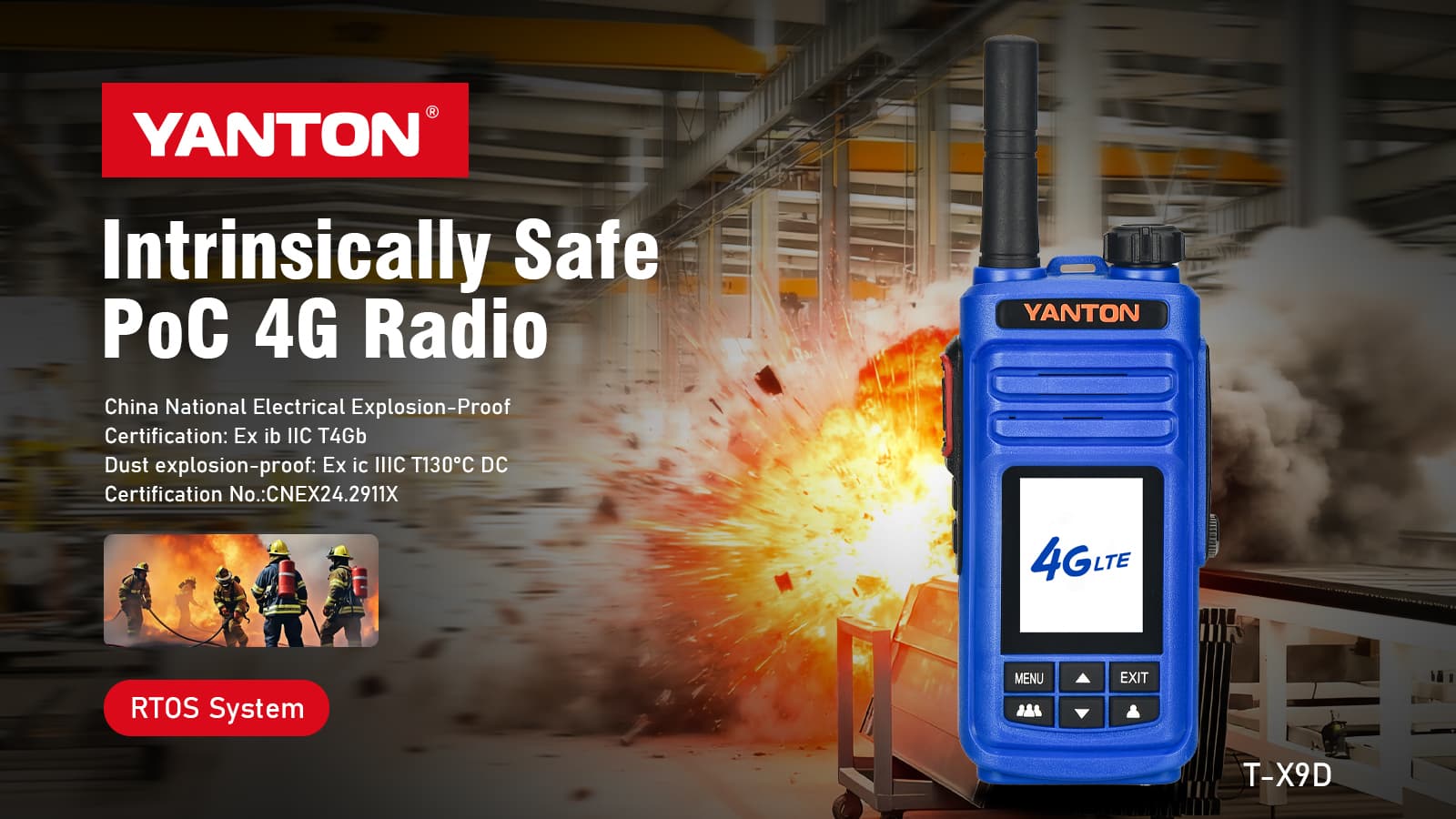
Explosion-Proof (Hazardous Location Rating) An explosion-proof rating means the device's enclosure is designed to: Contain an Internal Explosion: If a spark from the device's internal components (e.g., the battery, circuitry) ignites flammable gases or dusts that have seeped inside, the enclosure is strong enough to contain the explosion without rupturing. Prevent Ignition of External Atmosphere: The joints and flanges of the enclosure cool any hot gases escaping from inside so that they are not hot enough to ignite the surrounding flammable atmosphere. Operate Safely at Surface Temperatures: The exterior of the device will not get hot enough to become an ignition source itself. This is crucial in industries where flammable gases, vapors, liquids, or dusts are present. Common Standards and Certifications: ATEX (Europe): Directive 2014/34/EU. A device might be rated for Zone 1 (high risk) or Zone 2 (lower risk). IECEx (International): A global certification system. UL (North America): Class I, Division 1 (hazardous gases present normally) or Division 2 (hazardous gases present abnormally). GB(China's standard system): GB 3836 series of standards. Explosion-Proof PoC Radio: An Explosion-Proof PoC Radio is a rugged, wireless communication device that is: 1. Certified for use in hazardous environments (like oil refineries, chemical plants, grain silos, mining operations, paint booths, and gas utilities) where flammable substances are present. 2. Uses public cellular networks to provide instant push-to-talk voice communication, GPS location tracking, and data messaging over a very wide area. It is essentially a professional-grade, intrinsically safe Smartphone /walkie-talkie hybrid built for the most dangerous workplaces. Key Benefits and Use Cases: Safety: The primary benefit. It allows for critical communication in volatile areas without being a source of ignition. Extended Range: Workers on a large refinery site, pipeline right-of-way, or remote mining operation can stay connected far beyond the range of a traditional radio system. Enhanced Coordination: Supervisors can instantly communicate with teams spread across different locations and track their precise GPS location for safety and efficiency. Cost-Effective: Eliminates the need to build and maintain a private land mobile radio (LMR) network like a trunked radio system. In conclusion, an explosion-proof PoC radio is a vital tool for ensuring both safe operation and effective communication in industries where the combination of explosive atmospheres and wide-area operations is a daily challenge. Explosion-Proof (Hazardous Location Rating) An explosion-proof rating means the device's enclosure is designed to: Contain an Internal Explosion: If a spark from the device's internal components (e.g., the battery, circuitry) ignites flammable gases or dusts that have seeped inside, the enclosure is strong enough to contain the explosion without rupturing. Prevent Igni...
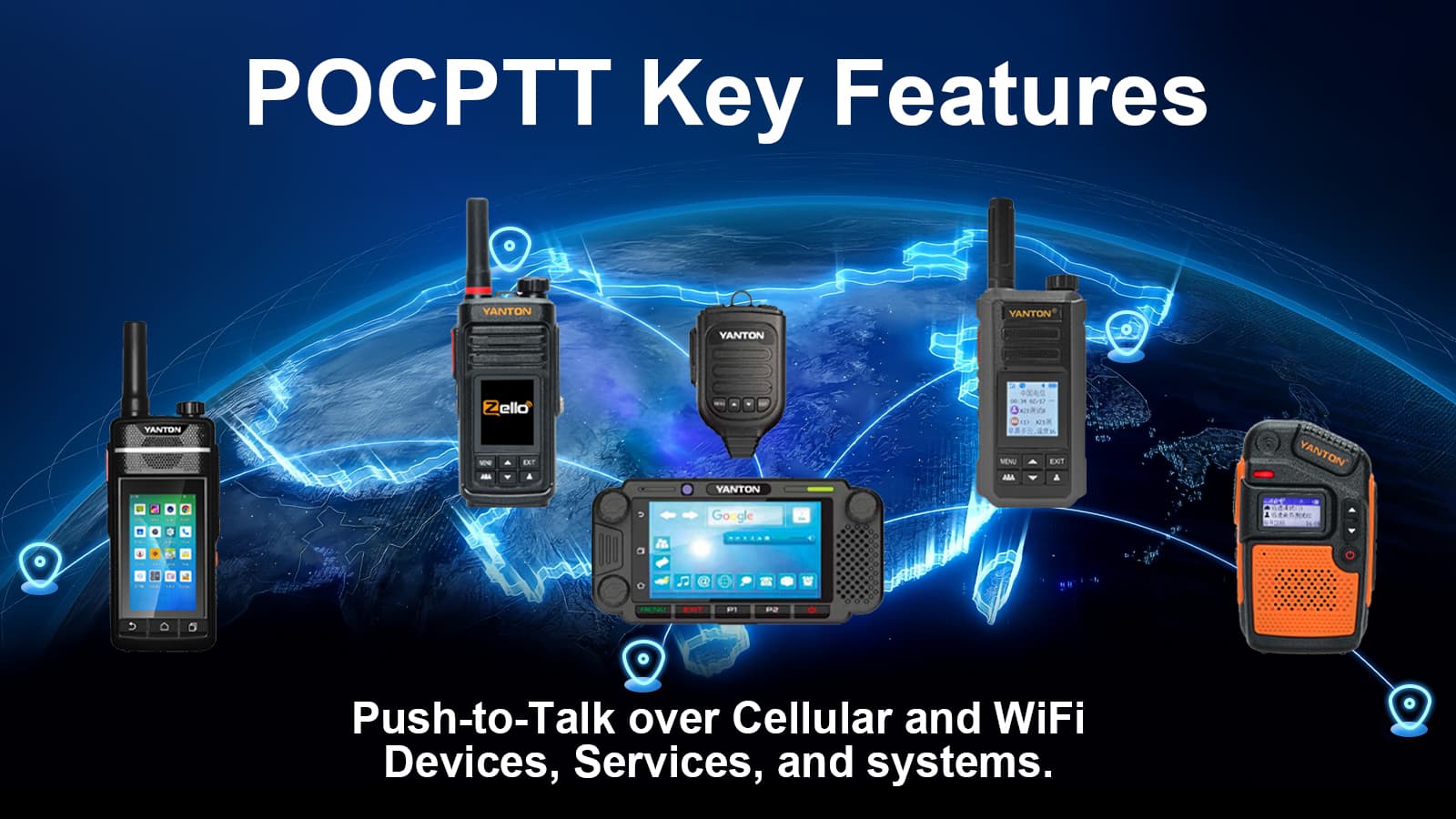
1. GPS (Global Positioning System) Allows the device to determine and report its precise geographic location (longitude and latitude) in real-time. 2. Recording The function to record audio, either from conversations or the environment. This can include recording both sides of a conversation. 3. Positioning The system that utilizes GPS to track and monitor the location of the device and its user on a digital map. This is often managed through a backend platform. 4. Geo-fence A virtual geographic boundary. The administrator can set up allowed or restricted areas on the map. The system will generate an alert (e.g., send a notification) when the device enters or exits these predefined areas. 5. SOS An emergency function. By pressing a dedicated SOS button, the device immediately sends a distress signal along with its current location to pre-set contacts or a monitoring center, requesting urgent help. 6. Voice-features The device uses synthesized voice to announce status, such as power on/off, channel switching, low battery, etc.
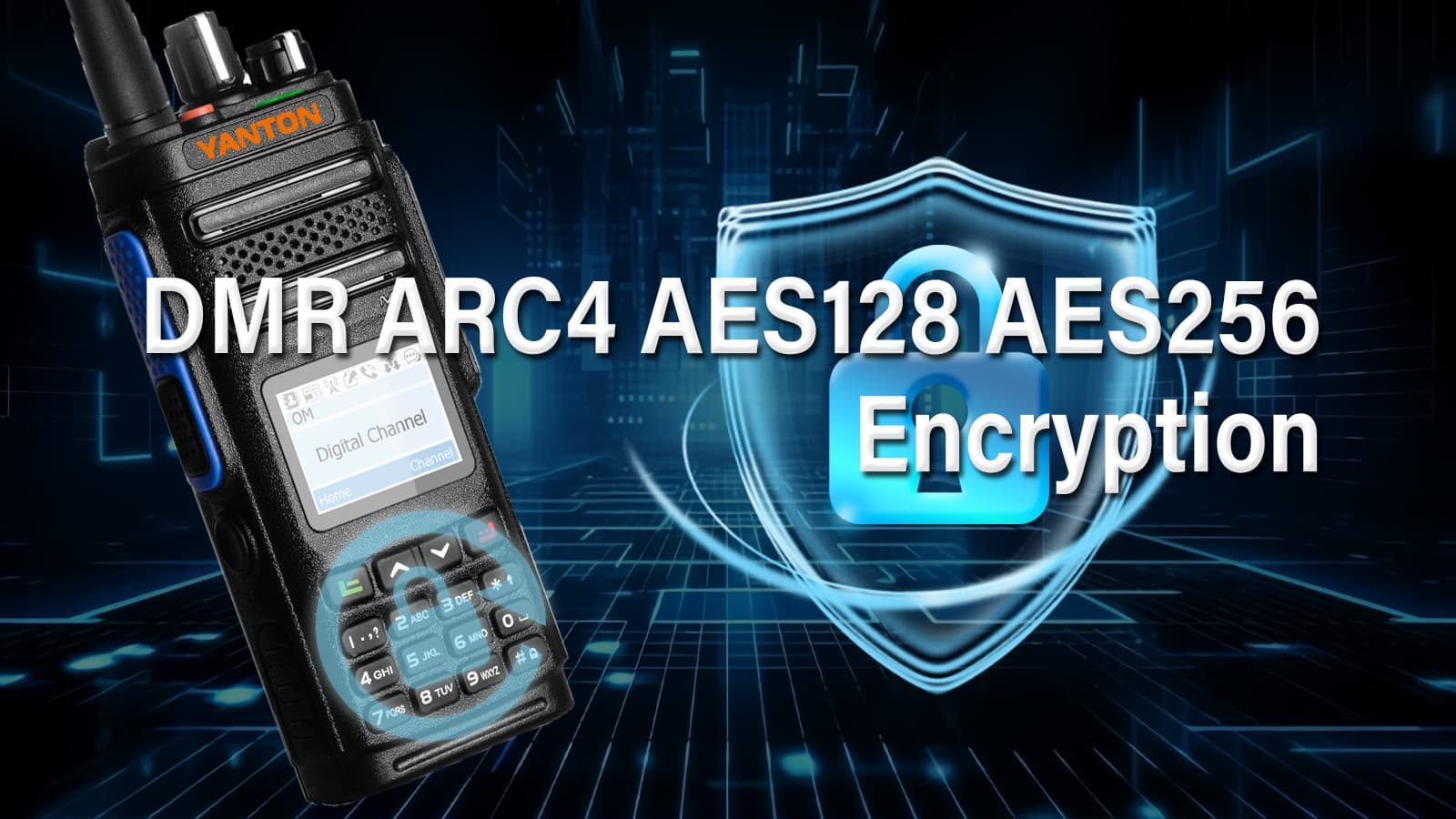
Encryption in DMR The purpose of encryption in DMR is to prevent unauthorized listeners from understanding your transmissions. It scrambles the digital voice data using a secret "key." Only radios programmed with the same key can decrypt and hear the audio clearly. DMR supports several encryption algorithms, which vary greatly in strength. ARC4 (Alleged RC4) What it is: A stream cipher, meaning it encrypts data one bit at a time. It's very fast and simple to implement. The name "Alleged" comes from its history—it was a proprietary algorithm that was reverse-engineered and published anonymously. Strength: Very Weak. ARC4 has well-known cryptographic weaknesses and is considered obsolete and broken by modern security standards. It can be cracked with relative ease using widely available software. Use in DMR: It's sometimes called "Basic Encryption" in radios. It's offered as a low-cost option because it's not computationally intensive. It should only be used for casual privacy to deter casual eavesdroppers, not for protecting any sensitive information. Many modern radios are moving away from supporting it. AES (Advanced Encryption Standard) What it is: A block cipher, meaning it encrypts data in fixed-size blocks (128 bits). It's a world-wide standard, adopted by the U.S. government and used globally for securing everything from online banking to classified documents. Strength: Extremely Strong. AES is the gold standard for encryption. There are no practical attacks that can break a properly implemented AES encryption in a reasonable amount of time. In DMR, AES is implemented with two key lengths: AES128 Uses a 128-bit key. This means there are 2^128 possible key combinations—an astronomically large number. Strength: Exceptionally strong. It is considered secure for all but the most extreme, long-term secrets (e.g., top-secret government data for decades). For virtually all commercial, industrial, and public safety use, AES128 is more than sufficient and is highly recommended. AES256 Uses a 256-bit key. This is even larger, with 2^256 possible combinations. Strength: "Military-grade" strength. It is overkill for most applications but is used by organizations requiring the absolute highest level of security where future advances in computing (like quantum computers) are a concern. It requires slightly more processing power than AES128. Comparison Table Feature ARC4 AES128 AES256 Type Stream Cipher Block Cipher Block Cipher Key Length Typically 40-bit (weak) or 104-bit 128-bit 256-bit Security Weak (Broken) Very Strong Extremely Strong Speed Very Fast Fast Slightly Slower Recommendation Avoid. Use only for obscurity. Yes. Ideal for most secure uses. Yes. For maximum security needs. Standardization Obsolete, non-standard NIST Standard NIST Standard Important Considerations for DMR Encryption Key Management: The biggest challenge isn't the algorithm, but managing the keys. All radios in a talkgroup must have the...
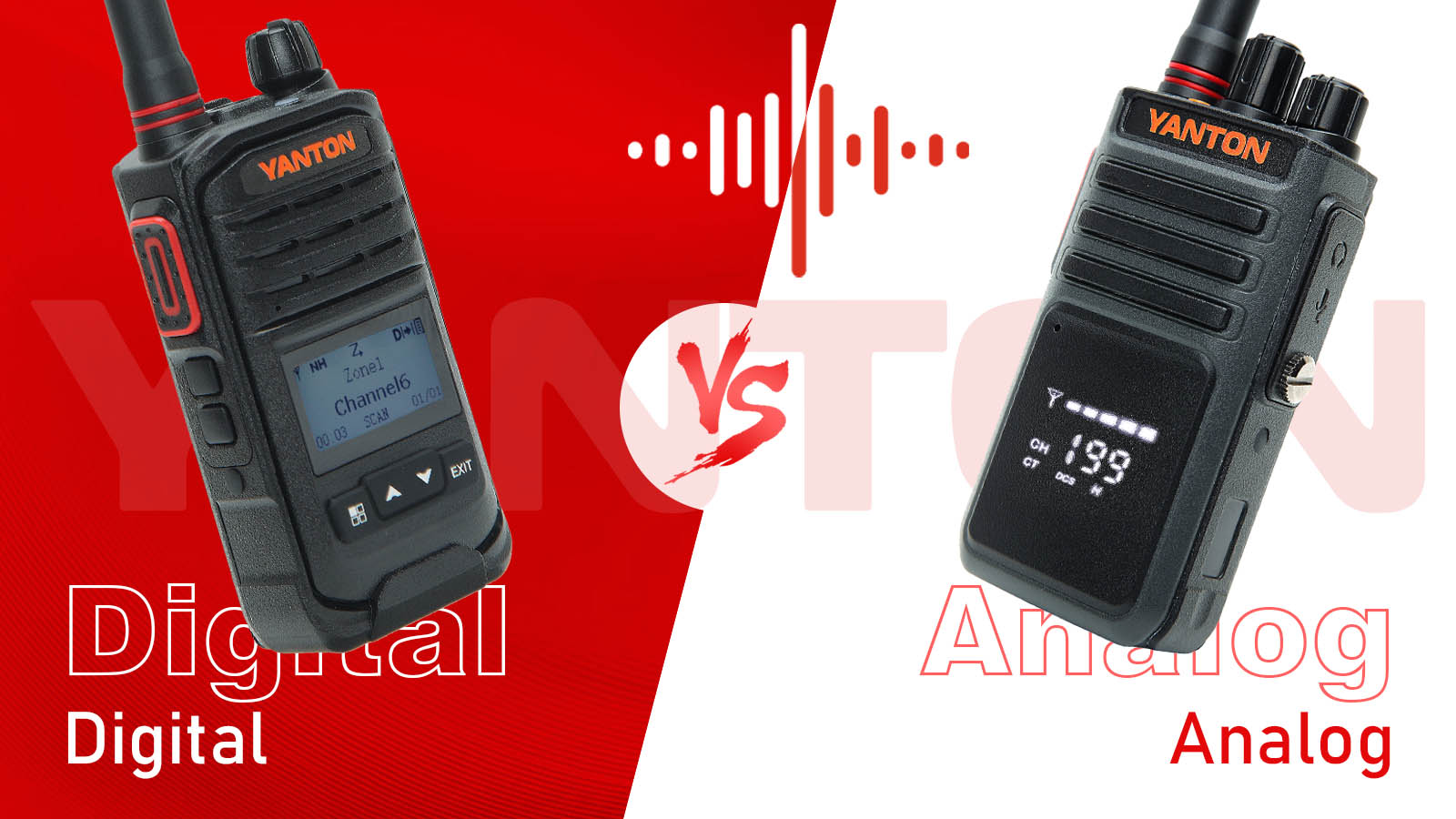
Analog vs Digital Two-Way Radios Analog two-way radios have been the standard for decades. The analog Specialized Mobile Radio (SMR) standard, created by the FCC in the late 1970s, allows two-way communications in certain frequency bands for business and commercial systems. Analog radios have reached the peak of their advancement. They are simple to use and are often all that is needed on a personal level. When an individual or company needs a more advanced radio that is capable of messaging, location services and more, they look to digital radios. Digital Mobile Radio (DMR) is an open digital mobile radio standard defined by ETSI (The European Telecommunications Standards Institute), and it is applicable all over the world. Commercial products must comply to it, and users are not locked into proprietary solutions. The DMR standard Consists of DMR Tier I, Tier II and Tier III. Each tier provides different functionality and coverage range. How Digital DMR Works Both analog and digital radios send signals over a radio channel using a Very High Frequency (VHF) or Ultra High Frequency (UHF) carrier frequency wave. In simple terms, analog radios use frequency modulation (FM) to encode a voice signal within a carrier wave. Your voice changes, or modulates, the frequency of the wave. The difference between the modulated frequency and the baseline channel frequency can then be demodulated by the receiving radio and turned back into a comprehensible voice message. Digital radios do the same thing, but they have an extra encoding step before the voice signal reaches the carrier wave. The voice message is encoded into binary packets (ones and zeroes). These packets of numbers are then able to modulate the frequency of the carrier wave. The modulated frequency of a digital signal is not a continuous wave but instead an intermittent stepped change. Learn more about the different DMR Tiers Digital radios provide several advantages and additional benefits compared to analog radios: Increased Channel Capacity DMR uses the two-slot TDMA in a 12.5 kHz channel – this means that, as opposed to analog communication, you have two slots for communication instead of one. This time is essentially split up in milliseconds so that users don’t notice the time gaps, allowing a doubling of capacity for two channels instead of one. Analog radios support up to 16 channels, and some analog radios have continuously rotating channel selector switches that can support up to 128 channels. DMR radios with advanced trunking technology can support hundreds of channels. Digital Push-to-Talk over Cellular radios have unlimited channel capacity. Longer Range A standard analog radio is going to decrease in signal the closer you get towards its maximum range, at which point, all you hear is white noise. On the other hand, a digital radio is going to remain much more consistent in sound quality regardless of distance to or ...
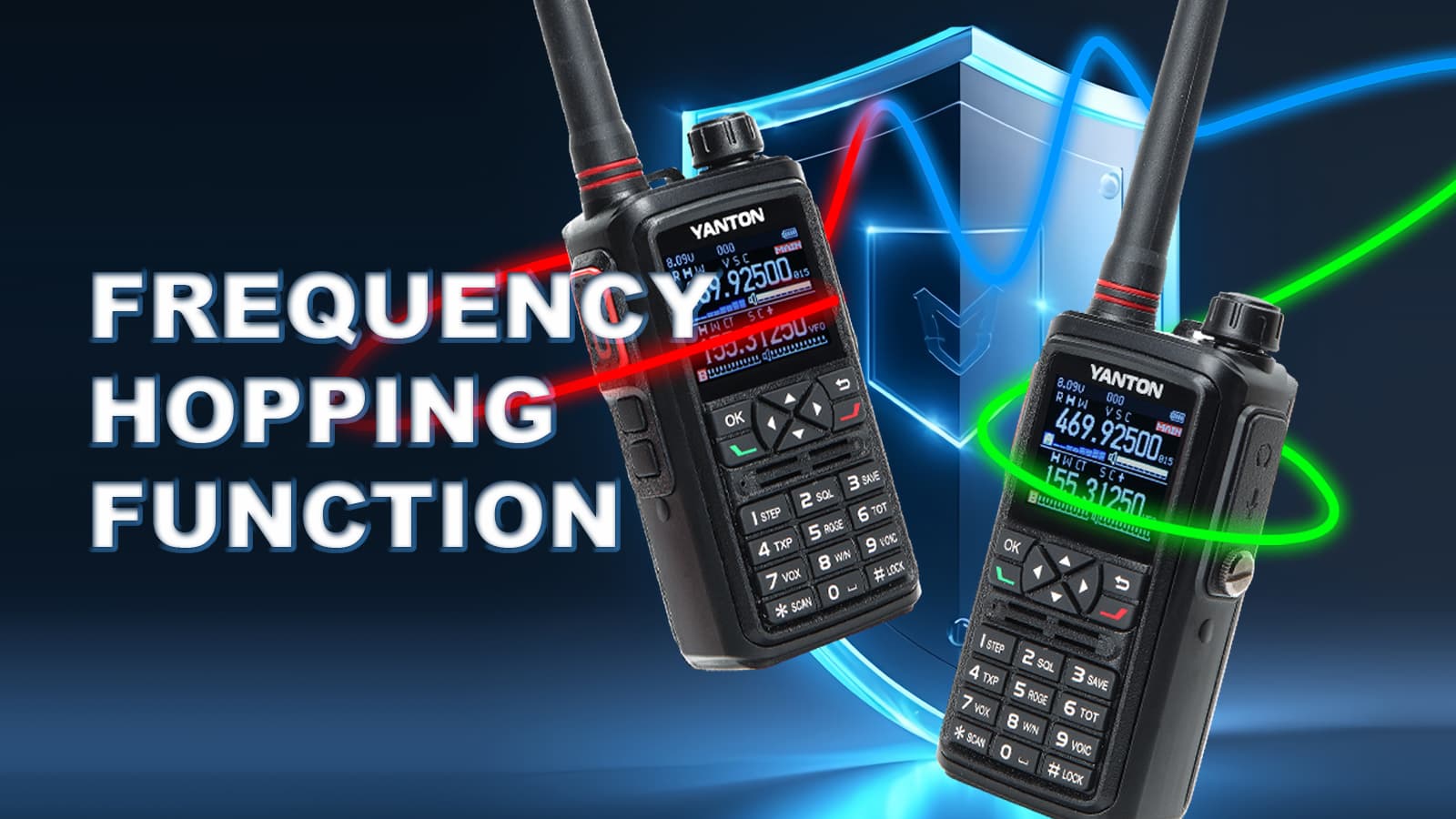
Walkie-talkie frequency hopping is an advanced radio communication technology where the transmitter and receiver rapidly switch between multiple frequencies during a conversation, following a predefined, synchronized pattern. How It Works: Synchronized Sequence: l Both walkie-talkies share an identical hopping sequence (a list of frequencies in a specific order). l They synchronize timing (e.g., via a digital signal or preset channel) to switch frequencies simultaneously. Rapid Switching: l Frequencies change multiple times per second (e.g., 50–1,000 hops/second). l Each frequency transmits only a tiny fragment of audio/data before jumping. Data Transmission: l Voice/data is split into packets. l Each packet is sent on a different frequency in the sequence. Benefit Explanation Benefit Explanation Anti-Interference If one frequency is blocked by noise (e.g., machinery or other radios), only a micro-second of audio is lost. The next hop avoids the issue. Anti-Eavesdropping Eavesdroppers hear only fragmented noise unless they know the exact sequence and timing. Spectrum Efficiency Multiple groups can share the same broad frequency band without colliding (if their hop sequences differ). Signal Stability Reduces "dead spots" caused by radio reflections (multipath fading) in urban/indoor areas. Real-World Examples Construction Sites: Dozens of teams use walkie-talkies without cross-talk, even in steel-rich environments. Event Security: Reliable comms in crowded areas (e.g., concerts) despite Wi-Fi/cell interference. Military/Police: Secures sensitive communications from jamming or interception.
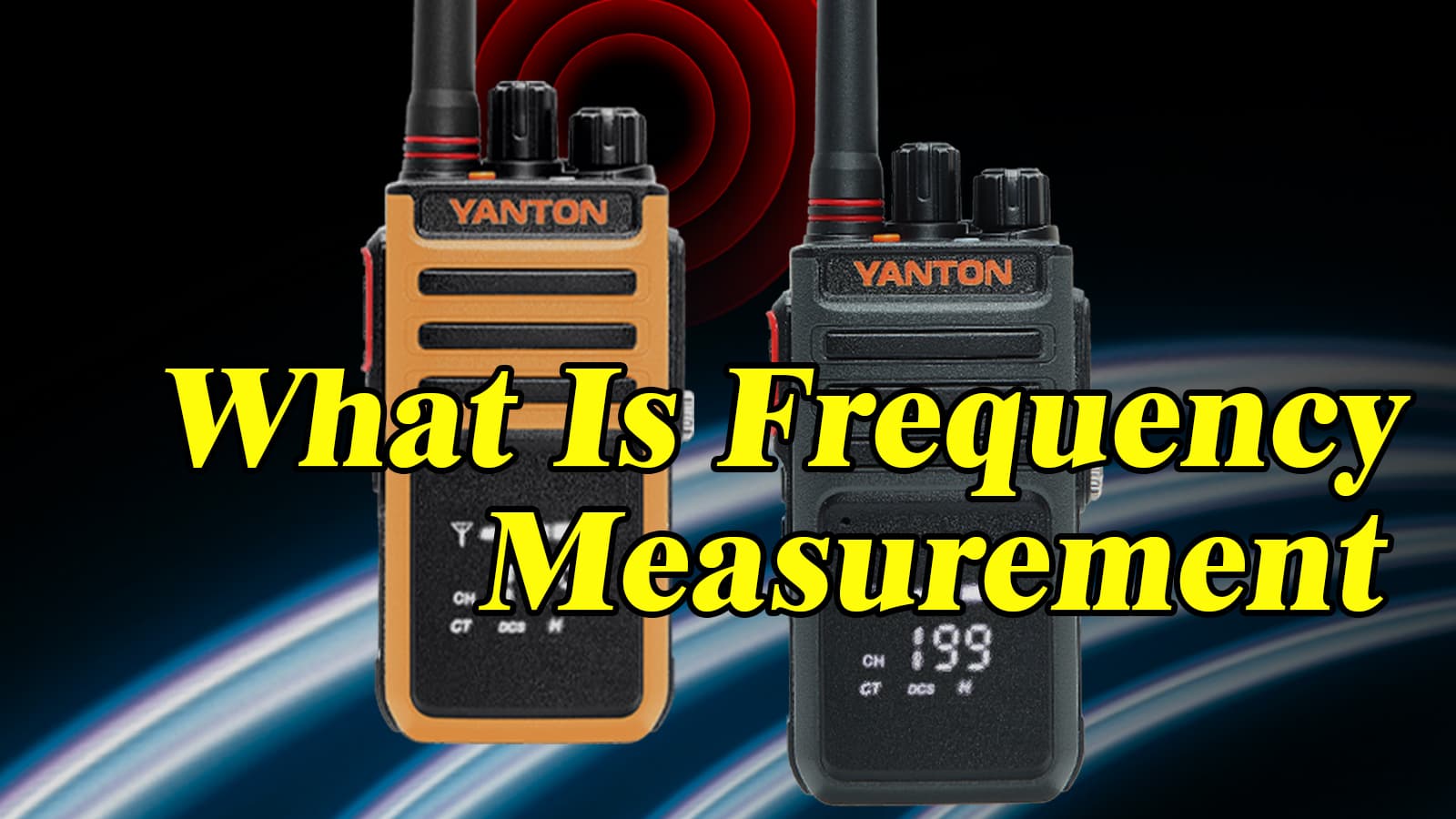
Frequency meter can test frequency, subtone, frequency hopping, encrypted frequency point. The frequency meter can communicate with the walkie talkie by pressing the PTT button to detect the accuracy. The frequency meter can measure the frequency of the walkie talkie and is very useful. Advantage 【Main usage】One key frequency measurement, reception, fast decoding, and automatic detection. 【Accuracy】After the frequency measurement is completed, the frequency counter and the walkie talkie can ensure that the frequency is accurate. 【Multi-Function】Frequency meter can test frequency, subtone, frequency hopping, encrypted frequency point. 【Use of PTT 】The frequency meter can communicate with the walkie talkie by pressing the PTT to detect the accuracy. 【Practical】 The frequency meter can measure the frequency of the walkie talkie and is very useful. YANTON T-800, how to turn on the frequency measurement function? 1.Radio A under Channel 1, turn the radio off first, Press the Side key2+Turn on radio, Enter the “Frequency Measurement Function”, 2.Press and hold the PTT button of the radio B under test to transmit, and then approach the radio A 3.When the frequency measurement is completed, a successful frequency measurement will be reported and stored in the channel. 4. You can rotate the channel switch to change the channels and enter the next frequency measurement. 5.After the frequency measurement is completed, you can turn off the radio first and then turn it on again.

Cross-band repeater working process. Ham radio VHF/UHF crossband repeater operation is a common use for amateur operators.and it is an effective way to extend the range of your handheld radio. Normally Cross-band repeat function will be taken by dual-band/dual monitor mobile radio and a dual-band or UHF/VHF capable handheld radio. Cross-band repeat only works with a two simplex frequencies (one UHF & one VHF) or a UHF simplex and a VHF repeater pair frequency. You will use the UHF channel on your handheld to communicate to the dual-band mobile. The cross band repeater capable radio then takes that signal and simultaneously transmits it on a VHF frequency (either VHF simplex or repeater). When the VHF station or repeater makes a transmission, the cross band repeater function radio receives and retransmits the signal on the UHF simplex frequency. This is the cross-band repeat process. Another important point is The receive sides of both VHF and UHF on the cross-band should have CTCSS (PL) tone encode set to minimize the chance of false triggering by other signals.
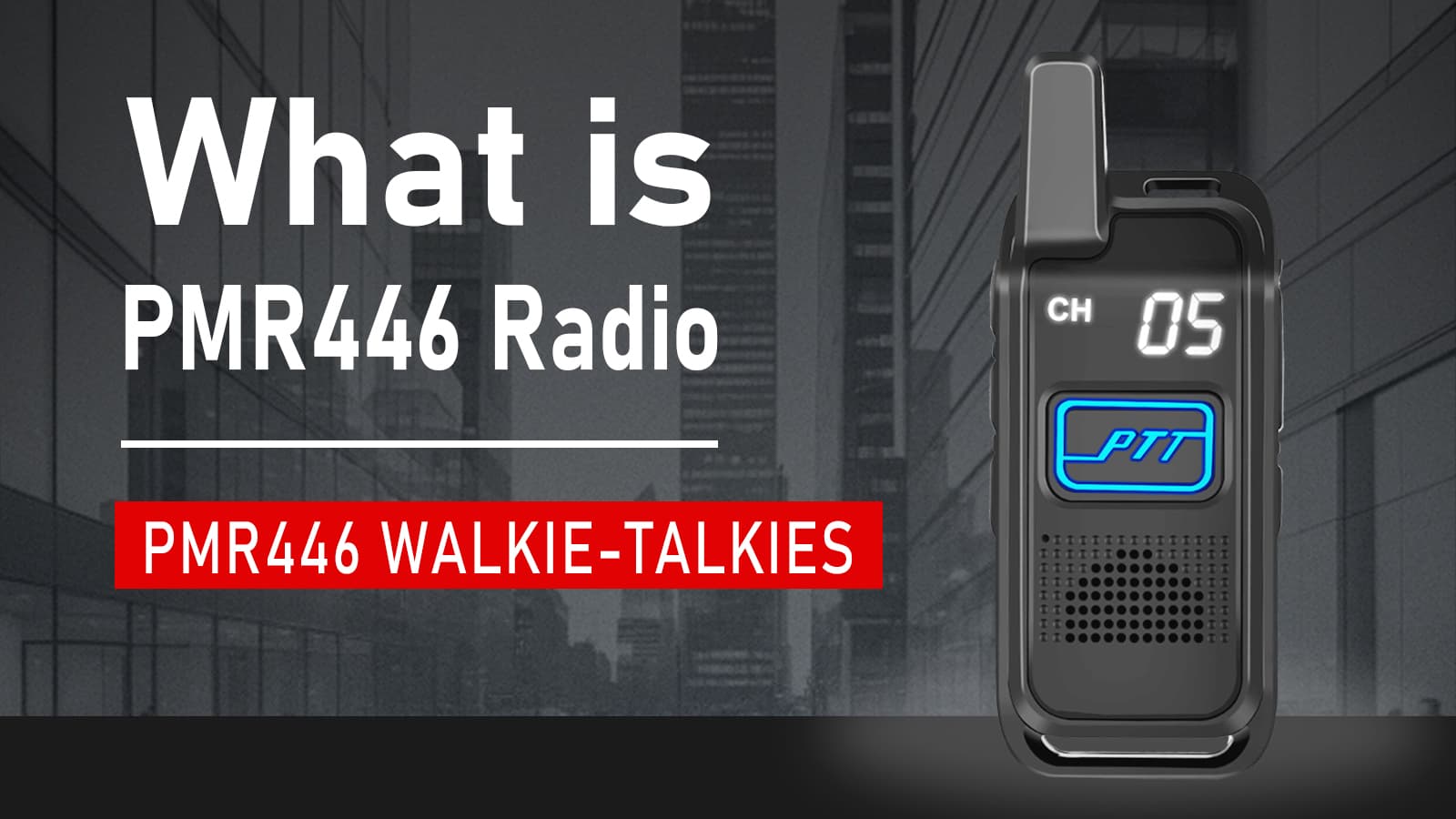
PMR446 is a range of frequencies that can be used for radio communications without the need for a license to use the equipment. Most radio frequencies require a licence to use them but, within the European Union, the PMR446 range can be used by anyone without the need for a license. PMR446 is license exempt, which means that any equipment made to operate on the 16 PMR frequencies (channels) can be used by anyone without the need to contact their local licensing authority. What are the benefits of a licence-free PMR446 walkie talkie radios? 1. Cost Savings: License-free PMR446 walkie talkie radios are much more affordable than other radios that require a license. This makes them ideal for businesses on a budget or those that need to purchase a large number of radios. 2. No Restrictions: With a PMR446 radio, you don’t have to worry about any restrictions or regulations. You can use the radio for any purpose you need without worrying about a license or other paperwork. 3. Easy to Use: PMR446 radios are designed to be easy to use, so even those who are not familiar with radios can operate them with ease. 4. Range: Some PMR446 radios offer a range of up to 5 kilometers in ideal conditions, which is more than enough for everyday communication needs such as a park, or primary school. 5. Durability: PMR446 radios are designed to be durable and reliable, so you can count on them to work whenever you need them. PMR446 frequencies list The sixteen PMR446 frequencies (channels) are spaced at 12.5KHz (12,500 Hz) between 446.0MHz and 446.2MHz (446,000,000 and 446,200,000 Hz). The following table shows each of the channels and their corresponding frequencies. Channel Frequency (MHz) 1 446.00625 2 446.01875 3 446.03125 4 446.04375 5 446.05625 6 446.06875 7 446.08125 8 446.09375 9 446.10625 10 446.11875 11 446.13125 12 446.14375 13 446.15625 14 446.16875 15 446.18125 16 446.19375
© Copyright: 2025 QUANZHOU YANTON ELECTRONICS CO., LTD. All Rights Reserved.

IPv6 network supported